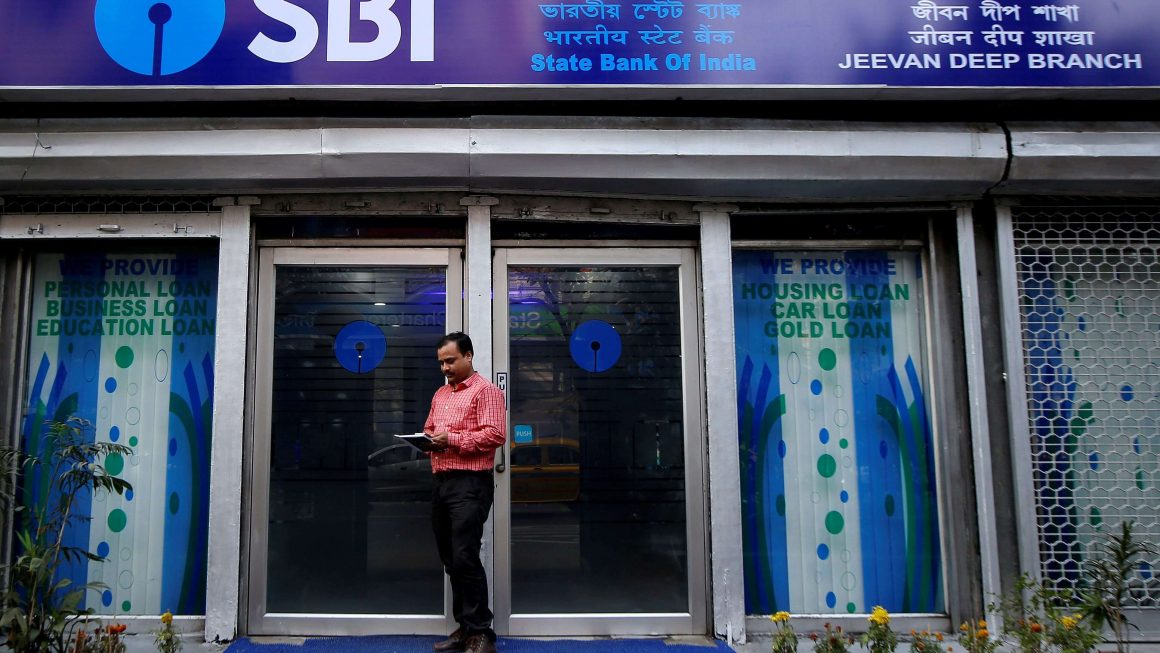NEW DELHI: After Odisha, Punjab and Rajasthan on Friday became the latest states to extend the ongoing three-week coronavirus lockdown.
The lockdown in all Indian states, announced between March 22 to 24, was scheduled to end on April 14 — as per the announcement made by Prime Minister Narendra Modi.
However, Chief Ministers of a number of states conveyed to the central government that lifting the restrictions at this stage would be disastrous.
As per the report, the coronavirus lockdown has been extended till May 1 in Rajasthan. The decision came even as the state reported 98 fresh cases, taking its tally to 561.
Earlier in the day, the Punjab government said that it has extended the lockdown till May 1 to curb the spread of virus.
Punjab Chief Minister Amarinder Singh said the state will extend the lockdown till May 1.
Given the seriousness of the situation arising out of #Covid19, Cabinet has decided to extend lockdown & curfew till 1st May. These are difficult times & I appeal to all to #StayHomeStaySafe & strictly observe health safeguards as you have done so far, for which I am thankful. pic.twitter.com/OBq7uJgpnQ
— Capt.Amarinder Singh (@capt_amarinder) April 10, 2020
Telangana CM K Chandrasekhar Rao was the most vocal while demanding the central government to extend the pan-India lockdown. Any considerations of easing the restrictions to mitigate the economic impact would have fatal impact, he had warned. “The lockdown is the only weapon left with governments to fight the spread of coronavirus,” he had said.
While most other states have appealed the Centre to extend the nationwide lockdown, Odisha became the first Indian province on Thursday to announce an extension in the restrictions across the state till April 30. Schools, colleges and other educational institutes would remain closed till June 17, announced Chief Minister Naveen Patnaik.
The nationwide tally of coronavirus cases reached 6,761, whereas, the death toll jumped to 206. The worst-affected Indian state is Maharashtra, where the COVID-19 toll has breached the 1,300-mark.
Worldwide, the number of coronavirus death has breached 101,000 mark and the number of positive cases climbed to over 1,600,000.


